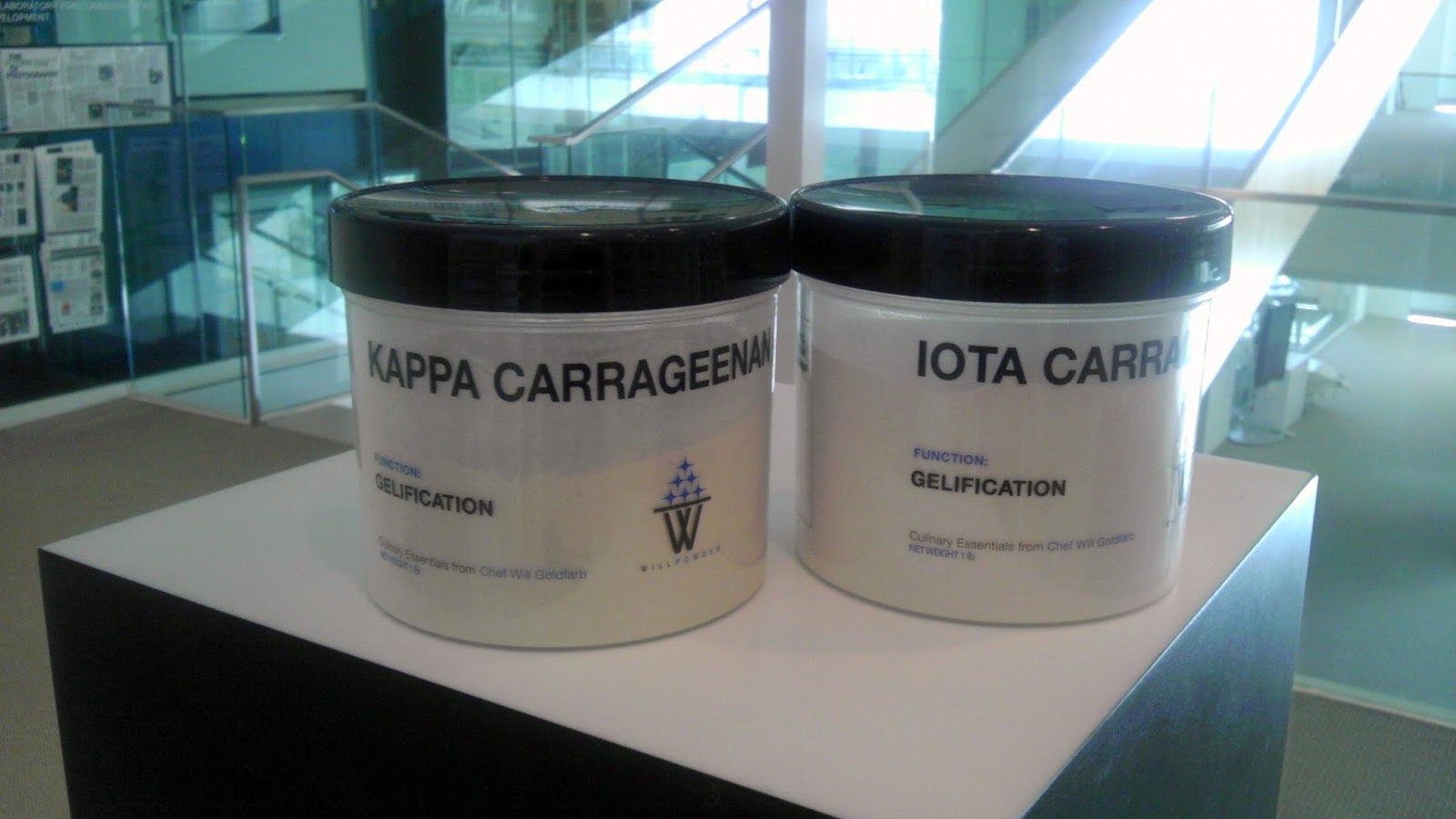

^-D-Galactopyranose ^-D-Galactopyranose-4-sulphateģ,6-Anhydro-a-D-galactopyranaose-2-sulphate 3,6-Anhydro-a-D-galactopyranaose Figure 1: Structure of K-carrageenan. ĭespite their numerous applications, K-carrageenan suffers from drawbacks like easier susceptibility of microbial attack, which is destroying the gelation. have demonstrated their significant role in antioxidant activities and explored them as effective excipients in controlled drug release delivery systems. It is reported that cations Ca2+ > K+ > Na+ bind to the carrageenan, blocking the sulphate groups and thereby preventing interaction with thaumatin (a basic protein). Gelation of i-carrageenan is enhanced mainly by calcium, and K-carrageenan is enhanced by potassium. Gelation is achieved through junction zones formed by the helices, leading to a three-dimensional network. K-carrageenan undergoes a coil (disordered state) to helix (ordered) transition, depending on temperature and ionic environment. k-carrageenan is widely used as a thickening and gelling agent in food industry. The presence of 3,6-anhydro-D-galactose and conformation of the pyranoside ring are responsible for their interesting rheological properties. They are composed of alternation-(1^ 3)-^-D-galactopyranose-4-sulfate-(1 ^4)-3,6-anhydro-a-D-galactopyranose-(1 ^ 3) (Figure 1) whichĪre well documented. From an industrial application point of view, the most important configurations are the k (kappa), i (iota), and A (lambda) forms their structures differ mostly in the number of sulphated groups per disaccharide: one, two, or three for k, i, and A, respectively. Car-rageenans are usually classified according to their sulphate content. Carrageenan is a linear polymer of about 25,000 galactose derivatives with regular but imprecise structures, depending on the source and extraction conditions. It is extracted from red seaweed and obtained from the cell wall of Rhodophyceae (red algae) belonging mainly to the genera Chondrus, Gigartina, Kappaphycus, and Eucheuma. Amongst the natural polysaccharides, carrageenan is widely applied due to its anionic nature. For this purpose, biodegradable natural polymers, such as polysaccharides and protein, have been widely used. Hg2+, showed better flocculation behavior than carrageenan.Ĭurrently the commercial application of natural polymers and their derivatives is most captivating and immeasurably investigated. Also the grafted copolymer absorbed more water, namely hazardous metal cations. The grafted copolymer was found more thermally stable than the ungrafted substrate. The effect of hydrogen ion variation from 5.0 up to 25.0 x 10-4 mol dm-3 shows prompt changes on grafting parameter. The optimal reaction time duration and reaction temperature were found to be 120 min and 40☌, respectively. The effects of concentrations of peroxymonosulphate, mercaptosuccinic acid, hydrogen ion, acrylic acid, and carrageenan on grafting parameters were studied to find out the maximum grafting ratio.

This is an open access article distributed under the Creative Commons Attribution License, which permits unrestricted use, distribution, and reproduction in any medium, provided the original work is properly cited. Synthesis and Characterization of AcrylicĪcid-g-(K-Carrageenan) Copolymer and Study of Its Applicationġĝepartment of Chemistry, School of Physical Sciences, Guru Ghasidas Vishwavidyalaya, Bilaspur, Chhattisgarh 495009, IndiaĢ Organic Polymer Laboratory, Department of Chemistry, Centre of Advanced Studies in Chemistry, Banaras Hindu University, Varanasi, Uttar Pradesh 221 005, IndiaĬorrespondence should be addressed to Rajesh Kumar 31 January 2013 Revised 16 April 2013 Accepted 16 April 2013Ĭopyright © 2013 A. Hindawi Publishing Corporation International Journal of Carbohydrate Chemistry Volume 2013, Article ID 892615, 8 pages


 0 kommentar(er)
0 kommentar(er)
